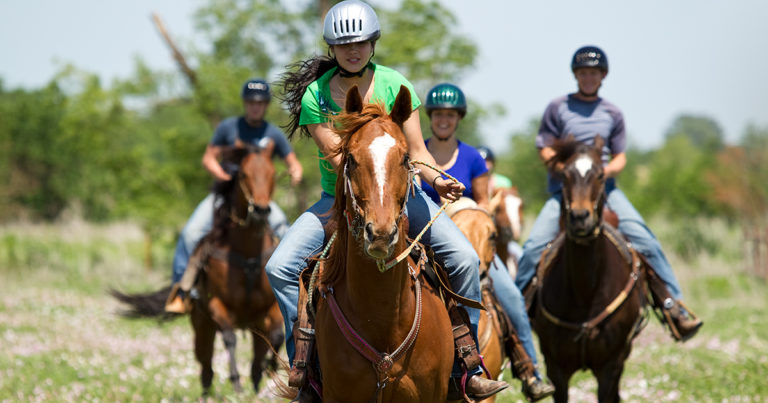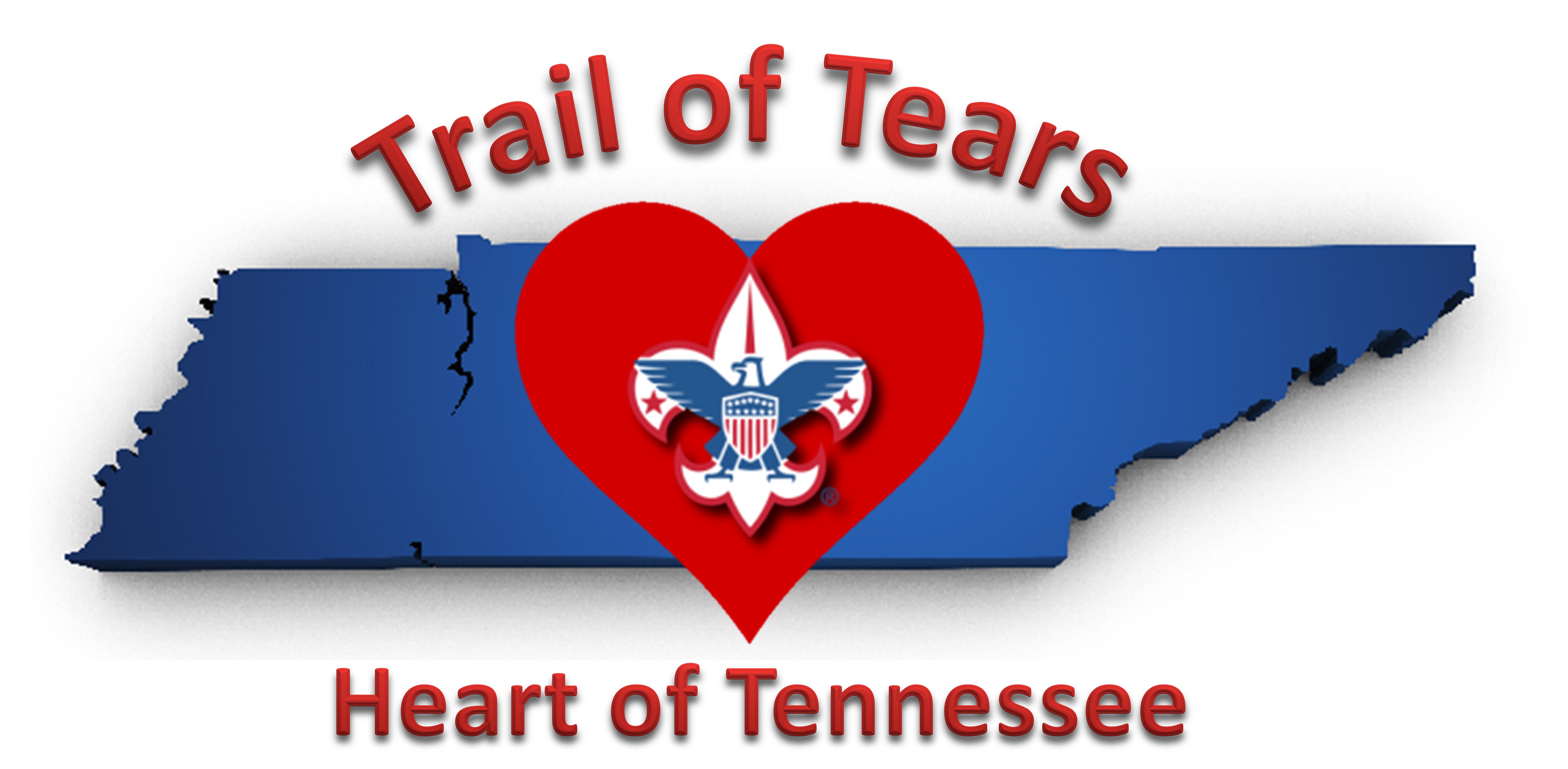
Summertime can be the perfect time to saddle up and go horseback riding, an activity appropriate for Cub Scouts as young as Wolf. But hold your horses! Before you grab your boots and reins, it’s important to know how to Be Prepared for your next ride.
Horsemanship has been a Scout skill since BSA’s inception. It was one of the original merit badges in the 1911 Handbook, and equestrian knowledge was essential for other badges, like Blacksmithing (make a horseshoe and know how to shoe a horse correctly) and First Aid to Animals (be able to treat a horse for colic).
Today, Scouts can still earn the Horsemanship merit badge — more than 8,600 badges were earned last year. Equestrian is one of 18 electives Venturers can pursue to earn the Ranger Award. Scouts and Scout leaders can earn the 50-Miler Award on horseback where appropriate. And many councils offer riding programs at summer camps.
Before you hit the trail
First of all, let’s make sure we know who should hop on a horse during Scouting activities. Lions and Tigers, no. Wolf, Bear, Webelos and younger Scouts can ride around in controlled areas. Only older Scouts — ages 14 (or 13 and have completed eighth grade) and up — should go on treks. A trek usually covers many miles over multiple nights and can be a physically demanding adventure.
Those who want go on a trek should be able to mount and dismount a horse unassisted, and it’s strongly recommended to have prior practice and knowledge of horses. Read up with the Fieldbook or Horsemanship merit badge pamphlet.
Some councils may have weight limits to ensure safety for you and the animal. Check requirements with your council before registering.
Gear up

As Scouts, if the weather forecast predicts it’ll be cold, you bring clothes to keep you warm. If it looks like rain, you should have your poncho ready. If you’re going riding, you wear the appropriate gear. But what does that include?
Recommended footwear for horseback riding is sturdy boots with one-inch heels to keep your feet safe and to fit properly in the stirrups. If stirrups are equipped by leather coverings called tapaderos, riders might be able to wear tennis shoes. Note that shoe laces and tongues could get caught in the stirrups, presenting a danger if you fall off, which is why they’re typically not recommended. Don’t wear sandals.
Wear long pants, like jeans, when riding. Shorts won’t provide you the proper protection from chafing or brush you might ride through.
Gloves are also recommended when you lead, groom and ride. They can help you get a better grip and guard you against blisters and burns.
Make sure you wear an ASTM-SEI-approved riding helmet, not a bicycle or ski helmet. Your helmet should be fitted correctly and have chinstraps.
Consider using breakaway stirrups, which are designed to detach if you fall off, reducing the chances of you getting caught and dragged.
On the trail
Follow the advice of your wrangler on how to handle a horse while riding. Remember, you’re dealing with a thousand-pound animal; safety is paramount.
Approach a horse at its left-side front, not from behind to avoid startling it and getting kicked. Speak calmly and stay on your feet; don’t duck in front of a horse.
Act relaxed around your horse, it can sense a nervous rider. Hikers should also act calm when they encounter a group of riders. Give the riders the right-of-way and stay quiet as not to alarm the horses. If hikers want to pass a group of riders, ask the wrangler for permission.
Check out this series of videos that the Certified Horsemanship Association produces for more tips on reading a horse’s behavior, fitting a riding helmet, leading a horse on a rope, and more.
Powered by WPeMatico
